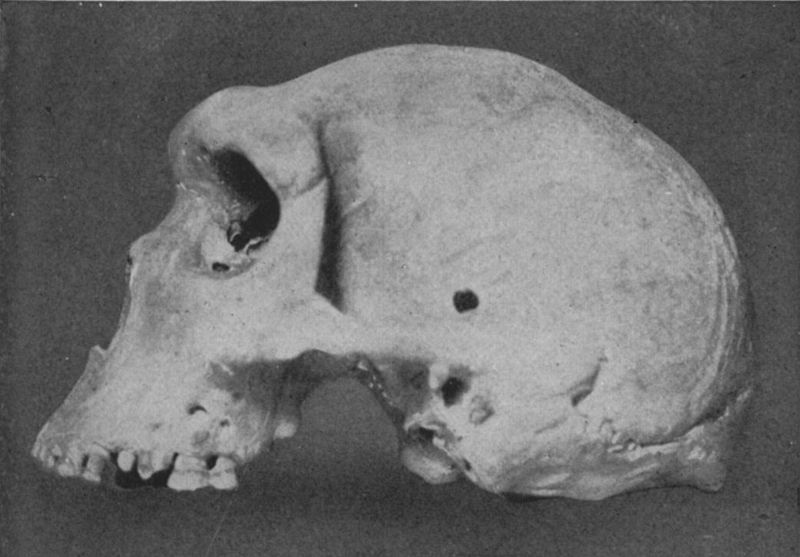<![CDATA[10 years ago, the scientific world was lit ablaze by the discovery of what seemed to be a new species of human. It was called Homo floriensis, named after the place it was discovered, Flores in Indonesia. It was called the most important find relating to human evolution for 100 years. Now, according to a new study done by top geneticists and evolutionists from around the world, the "hobbit" human as it was called did not exist. Rather, Homo floriensis was a Homo sapiens that had what appears to be Down’s syndrome. LB1, which is the name of the specimen discovered, was found in the Liang Bua cave during an excavation in October of 2004. The cranial volume of the skull was only 380 milliliters, which suggested that the individual had less than one-third the size of the average modern human's brain. LB1 also had short femurs (thigh bone), and scientists used this to extrapolate the total size of the individual, which they put at 3.5 feet (1.06 meters) tall. The skeletal remains were dated to be 15,000 years old, which puts the individual to have lived the same time as homo sapiens. However, LB1 was compared to earlier species, such as Homo erectus and Australopithecus. Now, scientists are pouring cold water on this, as they have found evidence to suggest it was not a new species of human. The researchers claim that the calculations of the cranial volume are wrong. In this study, the cranial volume was calculated to be 430 milliliters, which puts it within the range of a modern human living in the same region. They went further into comparing the size of the circumference of the occipital-frontal section of the skull to patients with developmental disorders in that region of the planet. They found that the measurements were indeed similar. If LB1 did have Down’s syndrome, then it would explain the short femurs as well. Hence, when calculated statistically for normal growth, they would yield a height of just over four feet, which matches some humans living in Flores. The new study was published on August 4 in the journal "Proceedings of the National Academy of Sciences". It was led by Penn State professor of developmental genetics and evolution, Robert B. Eckhardt, and included professor of anatomy and pathology at the University of Adelaide Maciej Henneberg, and Chinese geologist and paleoclimatologist Kenneth Hsu. Eckhardt states that just because the find was unusual does not make it unique, and a new species of human should not have been conjured up from this find. He goes on to say that he and others did not buy into the new species when it was first seen, as they realized that the skeleton was developmentally disturbed. They observed that the facial section was asymmetrical and reported it, but it was quickly squashed by the excavating team, stating that the asymmetry was caused by prolonged burial. Eckhardt and his team concludes the study by saying the skeletons found in Liang Bua cave are not sufficient enough for the invention of a new human species. Instead, LB1 suffered from a condition that occurs once in every thousand births. It will be interesting to see whether supporters of the new species hypothesis accept this new study or have a differing interpretation of the results. ]]>
"Hobbit" Human Species Debunked
